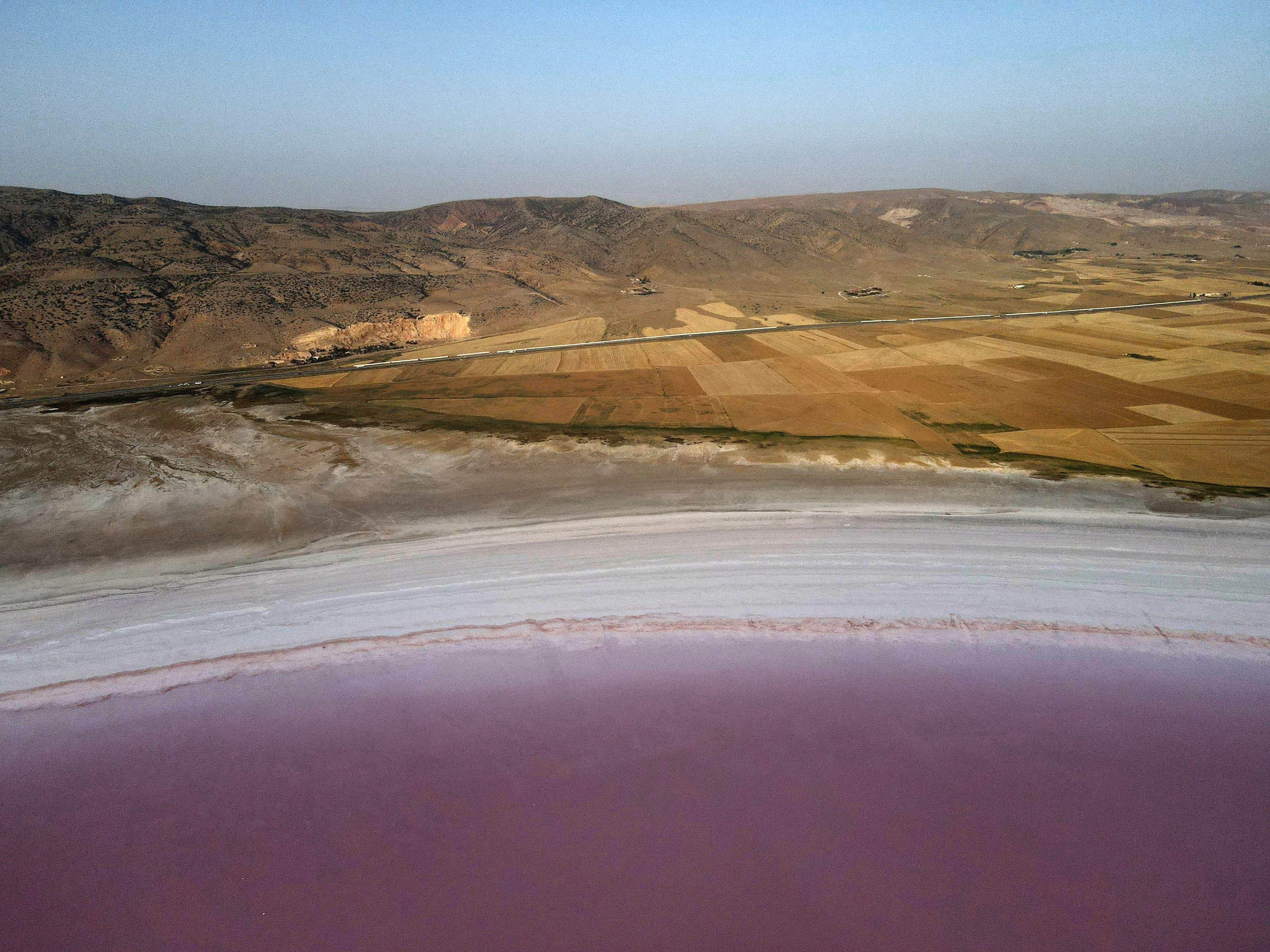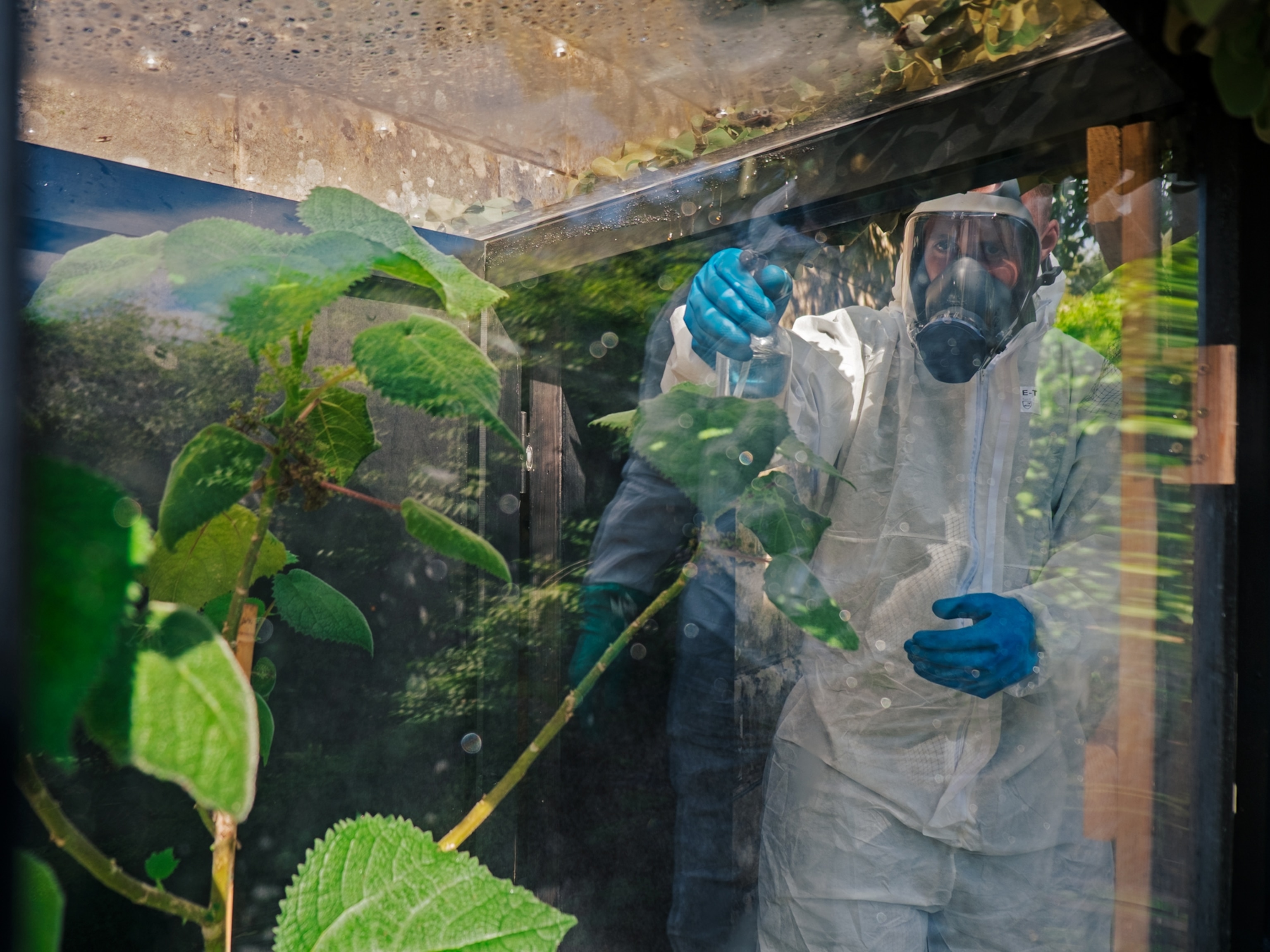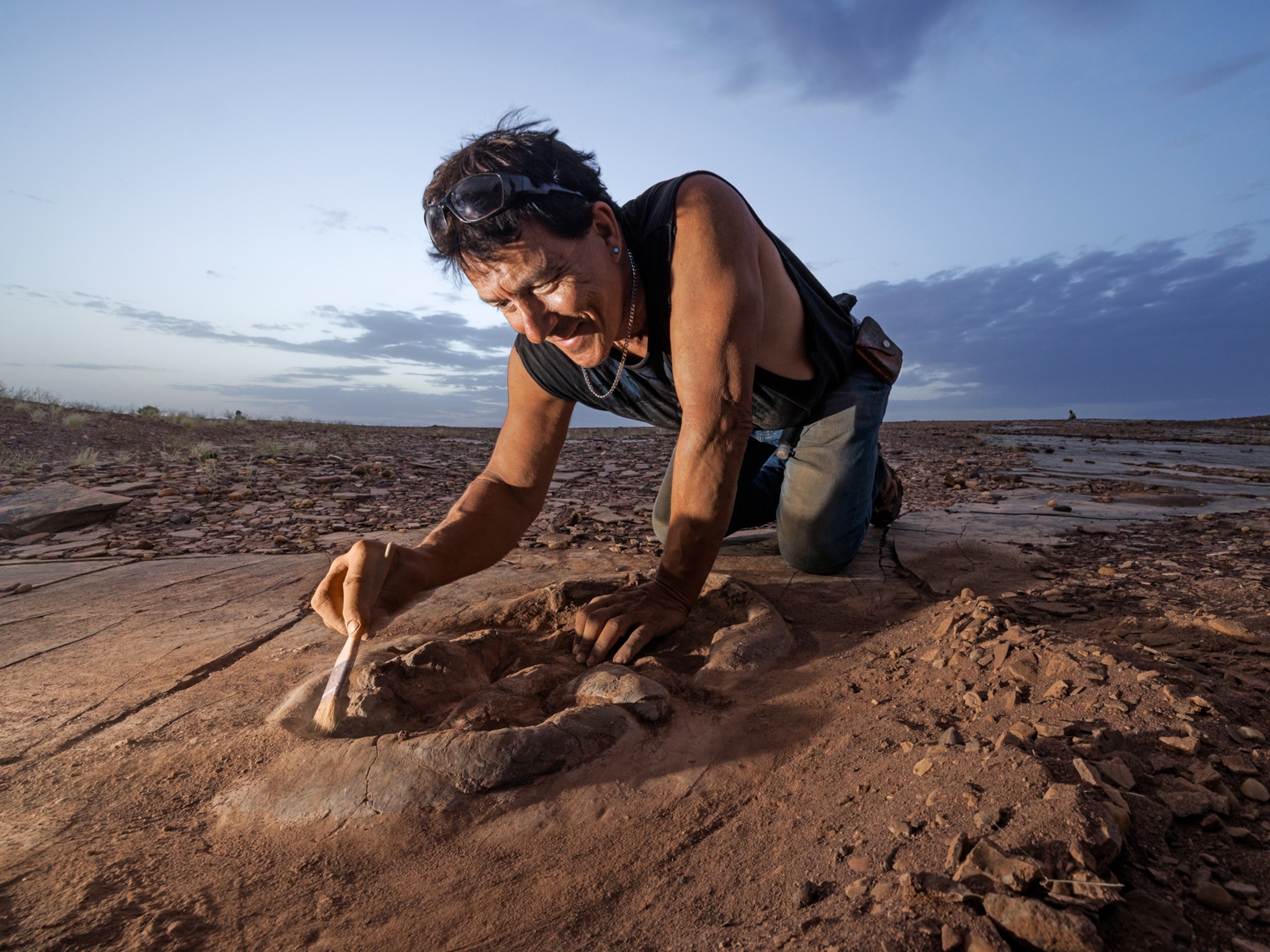See One of Earth’s Driest Places Experience Rare Flower Boom
The Atacama Desert in Chile is so dry that some areas have never recorded rainfall.
One of the driest regions on Earth has transformed nearly overnight from a sparse desert into a beautiful garden of many colors. That's because heavy rains in mid-August have caused thousands of flowers to bloom.
This periodic phenomenon in Chile's Atacama Desert is known locally as desierto florido (flowering desert). And while it typically only happens every five to seven years, this bloom actually comes on the heels of a super bloom in 2015.
Tourism officials told the BBC it's possible more flowers will bloom in coming weeks because some species germinate later than others. Over 200 different types of flowers can be found in the desert.
Super blooms aren't unique to Atacama. They occur in deserts that contain a large number of flowers called perennials (and sometimes called ephemerals). The blooms, while striking, are characteristically short lived, due to the harsh desert environment.
Seeds in desert perennials often lie dormant for months or years, alive, but unseen. It's only when rainwater washes the protective coating from their seeds that they begin to sprout. Earlier this spring, Chile saw torrential rainfall, creating the perfect conditions for a bloom not expected for several more years.
Deserts in the U.S. have also experienced super blooms. In March, the Anza-Borrego Desert State Park in southeast California saw its normally brown hills burst with color. California's Death Valley, one of the hottest places on Earth, also experiences super blooms.
For the Atacama, however, a bloom is particularly rare. The desert strip extends for 994 miles along Chile's northwestern coast. It's so dry that, in some regions, rainfall has never been recorded. Plants like perennials and succulents are only typically found in basins where some water accumulates, but most of the Atacama is so dry that few plants, animals, or even bacteria live there.





